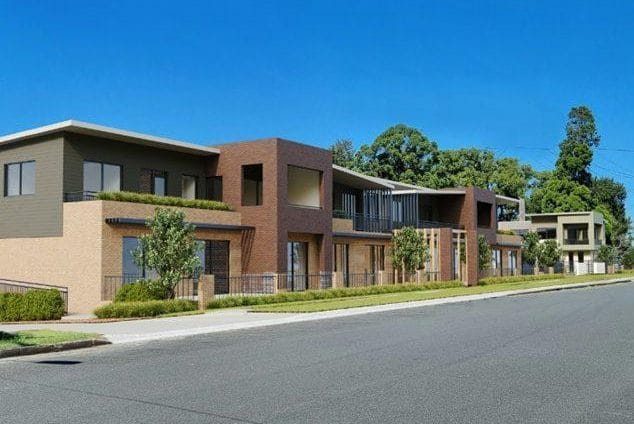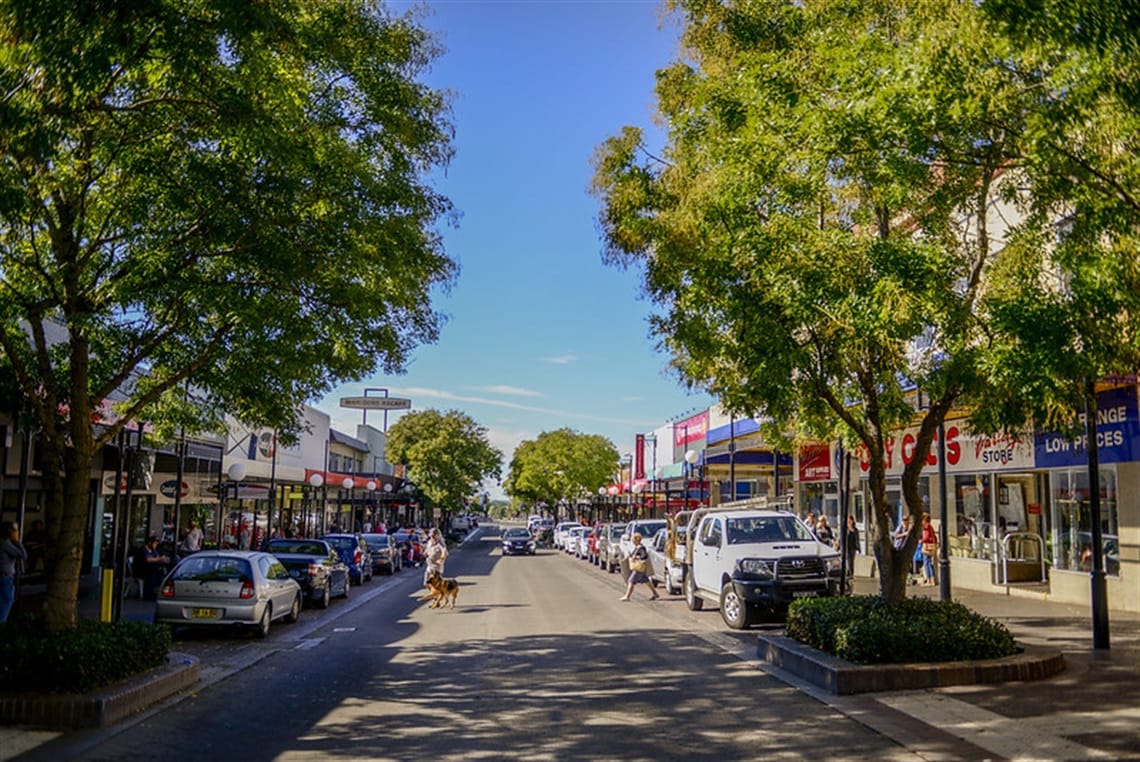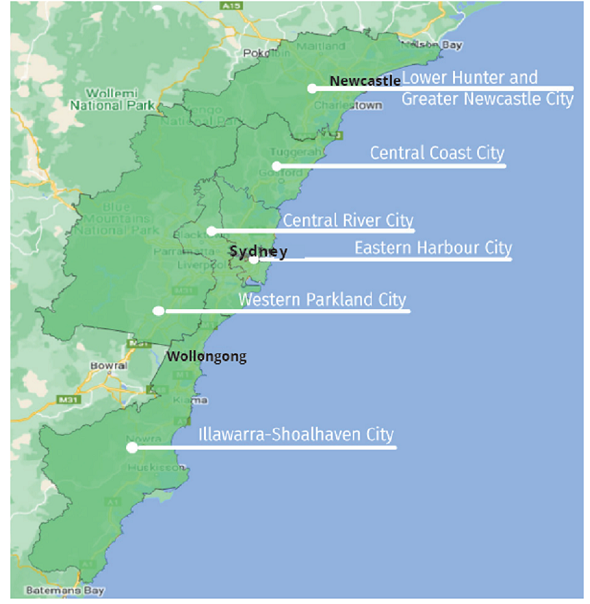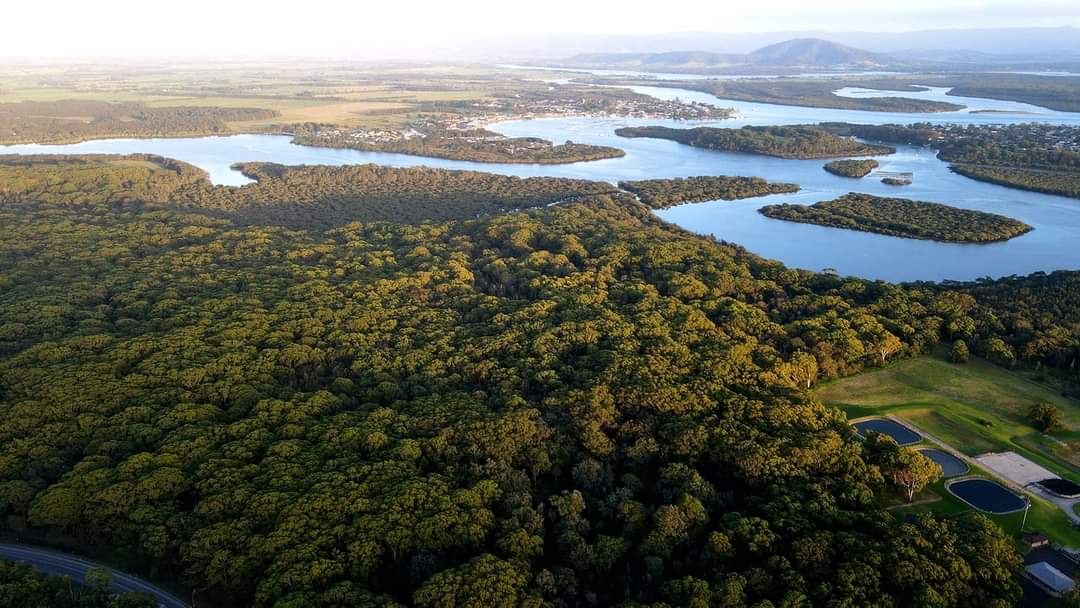Housing Reforms: Who’s in charge?

by Cat Holloway /
It’s not often that local councillors unanimously agree, especially on development issues.
But that is what happened at Shoalhaven City Council’s (SCC) March 11 meeting when every elected councillor voted to support council staff recommendations seeking to protect the rights of the community.
So, who’s the bad guy?
The NSW Department of Planning, Housing and Infrastructure (DPHI) aims to impose widespread planning regulations on several council areas in an attempt to fast-track low and mid-rise housing development, including affordable housing.
According to Gordon Clark, SCC Strategic Planning Manager, the government received approximately 8000 submissions responding to the Explanation of Intended Effect (EIE) delivered to councils across NSW on December 15.
Clark said councils are generally ‘not comfortable with the blanket, one-size-fits-all approach’ of the proposed regulations. He also said there was not enough time to address details before the deadline to finalise legislation in June this year.
If the State succeeds with these sweeping changes to the Planning Act, local councils will lose the power to refuse or modify development applications.
“It wouldn’t matter what the community said, we’d have no ability to take feedback on board,” Clark said, addressing Council.
“At the very least, Council should see the legislation first.
“We shouldn’t just comment on an EIE, raise a whole heap of concerns and then at some point the sausage machine drops out a piece of legislation that becomes law and we’ve got to pick up the pieces and try to explain it to the community.”
According to a deputation from Ms Penny Davidson, representing Huskisson Woollamia Community Voice and other Bay and Basin community groups, undermining the local council means undermining the community.
Davidson pointed out that zoning in some areas, including the Nowra CBD, already allows densification, but building there had not happened.
She questioned whether the reforms would achieve the goal of a fast supply of available and affordable housing when so many factors other than zoning - such as land prices, construction costs and transport - affect the feasibility of development.

Davidson said standardised planning puts at risk unique and valuable cultural or environmental character in small villages and urban centres.
“If these reforms were applied to coastal villages and towns, there’s potential to unleash unfettered tourist accommodation development which is of absolutely no assistance to those people the reforms are designed to help,” Davidson said.
“It’s illogical that (a council review of a local environment plan) is chipped away and changed in an ad-hoc manner before we can undertake a full and wholesome review that the community can engage in.”
Shoalhaven Mayor, Amanda Findley, told The Spark that Council’s unanimous position opposing State reforms was cause for celebration as local development issues are always heavily contested and agreement is infrequent.
“It doesn't matter what colour the Government is, they all seem really keen to strip councils of power,” Mayor Findley said.
“Absolutely none of these reforms are designed for humans at all, they are all for developers and purposely made complicated.”
The Shoalhaven is currently excluded from a few specific items in the EIE regarding building allowances close to railway stations and other public transport.
But Mayor Findley said that makes little difference to the standard instrument which would force Shoalhaven to fall into line with councils in the ‘Six Cities Region’ stretching from Newcastle and the Hunter in the north, to Wollondilly and Western Sydney, the Sydney area and south to Wollongong and Shoalhaven.

Findley said Shoalhaven Council already had a good reputation for its cooperative work with other levels of government in the affordable housing sphere.
“We were the first council in the Illawarra-Shoalhaven group to bother doing an affordable housing policy that had any teeth,” Mayor Findley said.
“We’ve got a high number of social housing estates in Shoalhaven and we’ve been actively trying to get the interest of housing and planning ministers to use their assets to achieve a win-win for everyone - the people and businesses of Shoalhaven.”
She said that policy was under review, now that the affordable housing landscape is focussed less on buyers’ needs and more on renters in the low to very-low-income categories.
“The Greens public housing policy fits with local council efforts because every other scheme that looks at private enterprise has failed, putting more money in people’s pockets instead of roofs over people’s heads.”
“The big thing that always gets missed is how to create affordability in perpetuity - that’s being missed by the government right now.”
“It’s affordable the first time it's purchased but what about every other time?”
She said the government courts big developers to set aside 10% of the asset for affordable housing, but without overseeing who buys the product.
SCC purchased property in Coomea St, Bomaderry for over $2 million and in 2017 began a slow collaboration with Southern Cross Housing and the Department of Communities and Justice to build 39 units for low-income users. The project is due for completion in September 2025.
“Shoalhaven doesn't have a wealth of land sitting in our back pocket, partly because our land wealth was spent to balance the books, which is exactly what we’re seeing at the moment.
“Whatever paltry land-holding council has is under attack to pay for debt.
An SCC-owned car park in Ulladulla was identified in a Business Illawarra strategy report last year as a potential affordable housing development. Instead of selling off that asset, Mayor Findley supports gaining "a perpetual lease to get some dollars into council's coffers and solve some of the issues around housing.”
“We should think more strategically about long-term community benefits rather than sugar hits in the short term.”
As a land developer, Sealark, owned by The Halloran Trust, is a beneficiary of the proposed State government planning reforms. Sealark owns 2760ha of land between Culburra Beach and Sussex Inlet, much of which is designated as having conservation value.

Managing director, Matt Philpott, said Sealark supports a ‘coordinated, wide-scale housing supply response to address the critical shortage of homes to both rent and buy’.
Sealark’s Affordable Housing Policy has set aside 10% of the proposed West Culburra subdivision, 40 out of an estimated 400 dwellings, for use as affordable housing.
However, the West Culburra site remains contentious in the community and requires meeting a variety of heritage and environmental conditions before clearing can begin.
Rather than build the affordable houses, Sealark will donate the lots to an as yet un-named Tier-1 Community Housing Provider (CHP) that will decide the type of homes built, the amount of rent charged and the schedule of the homes’ release.
Mr Philpott said the affordable lots could not be gifted upon development approval as they first need to go through the usual registration process. He also said the lots would be spread throughout the whole project area and thus gifted gradually, as a proportion of each stage of the development.
Philpott said Sealark’s land gift would be subject to a formal legal agreement that the dwellings remain designated affordable in perpetuity.
“The CHP will be required to retain ownership of…the land we gift under this agreement, as well as the affordable homes built on these lots.”
The EIE materials are available to view at the following link:
Disclosure: Cat Holloway was part of a community campaign opposing the rezoning of Callala Bay forested land and endangered species habitat owned by Sealark.

Member discussion